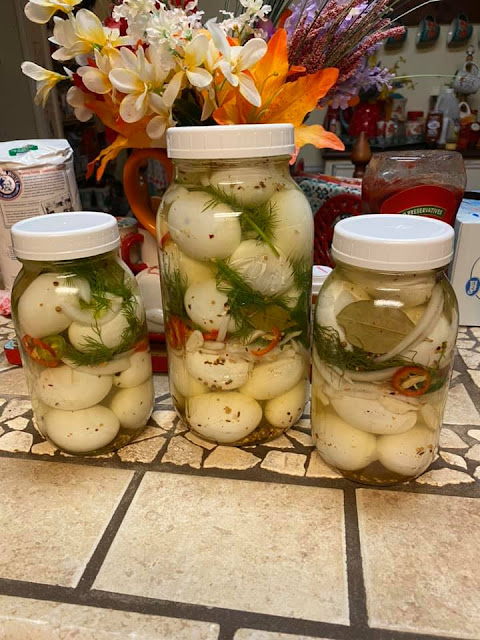Sprouting Success: A Beginner's Guide to Growing Nutritious Greens Year-Round
Embarking on the journey of growing sprouts can be a delightful and rewarding experience, especially during the winter months when the urge to plant and nurture plants is strong.
Not only does it add a touch of green to your surroundings, but it also offers a delicious and nutritious addition to your meals. In just five days, you can witness the transformation from seeds to vibrant sprouts. Join us as we explore the simple yet satisfying process of growing sprouts and discover the joy of harvesting your own homegrown greens.
Recipe: Homegrown Sprouts in a Mason Jar
Ingredients:
- 2 tablespoons sprouting seeds of your choice (e.g., alfalfa, broccoli, mung beans)
- Mason jar with a mesh produce bag or cheesecloth and rubber band
- Cool water
Instructions:
1. Soaking the seeds:
- Take 2 tablespoons of sprouting seeds and place them in the mason jar.
- Fill the jar with cool water, ensuring that the seeds are fully submerged.
- Allow the seeds to soak for 8-12 hours, providing ample time for them to absorb water and kickstart the sprouting process.
2. Draining and rinsing:
- After the soaking period, drain off the soak water. It's important not to soak the seeds again in the future.
- Rinse the seeds thoroughly with cool water, ensuring that all excess water is drained from the jar.
- Repeat this process of rinsing and draining every 8-12 hours for the next few days.
3. Moving to a well-lit location:
- On day 3, move your sprouter to a well-lit location. If you're using a tray, you can place it in direct sunlight. Otherwise, choose a bright spot indoors.
- Adequate light exposure helps the sprouts develop vibrant green leaves.
4. Continuing the rinsing and draining routine:
- Throughout the sprouting period, continue rinsing and draining the sprouts every 8-12 hours.
- This process helps maintain moisture levels and prevents mold growth.
5. Harvesting the sprouts:
- On day 6, when most of the sprouts have opened leaves and are predominantly green, it's time to harvest.
- Remove the sprouts from the jar and give them a gentle rinse to remove any remaining seed hulls.
6. Optional: De-hulling the sprouts:
- If desired, you can de-hull the sprouts before refrigerating them. This involves removing the seed hulls to enhance the texture and appearance of the sprouts.
- Gently rub the sprouts in a bowl of water to loosen and separate the hulls. Skim off the loosened hulls from the water's surface.
7. Storing and enjoying the sprouts:
- Once harvested and optionally de-hulled, refrigerate the sprouts in a sealed container or plastic bag.
- The sprouts can be enjoyed in various dishes, such as salads, sandwiches, wraps, or as a nutritious topping for soups and stir-fries.
Congratulations on your successful foray into growing sprouts! In just a few days, you transformed seeds into vibrant greens bursting with flavor and nutrition.
By following the simple instructions using a mason jar and a routine of rinsing and draining, you can enjoy the satisfaction of homegrown sprouts during winter months. Experiment with different seed varieties to discover your favorite flavors and textures. Whether you incorporate them into salads, wraps, or other dishes, these homegrown sprouts add a fresh and vibrant touch to your culinary creations. Embrace the joy of growing and savoring your very own sprouts—a testament to your green thumb and commitment to nurturing nature, even during the colder seasons.






















Comments